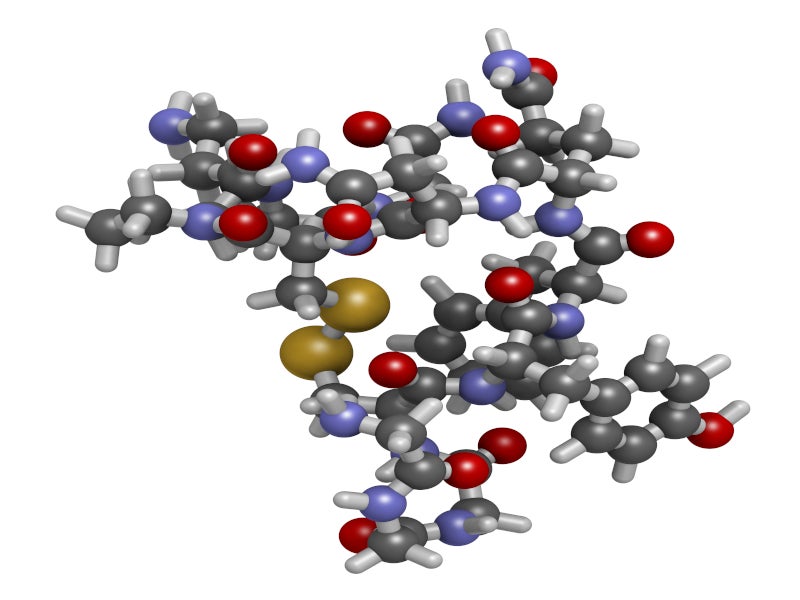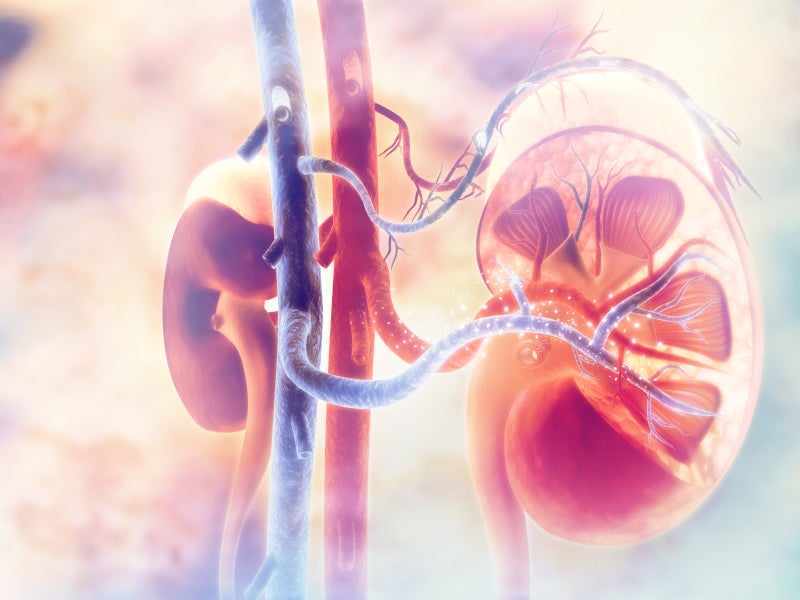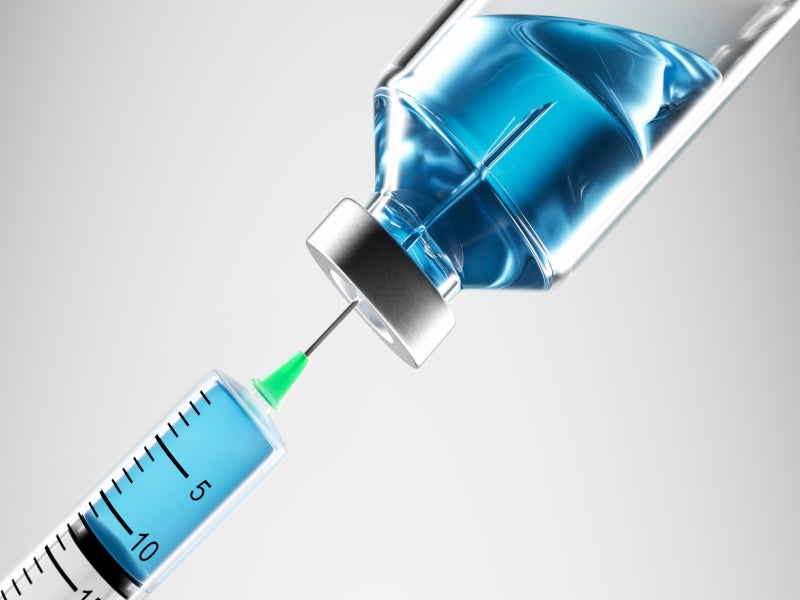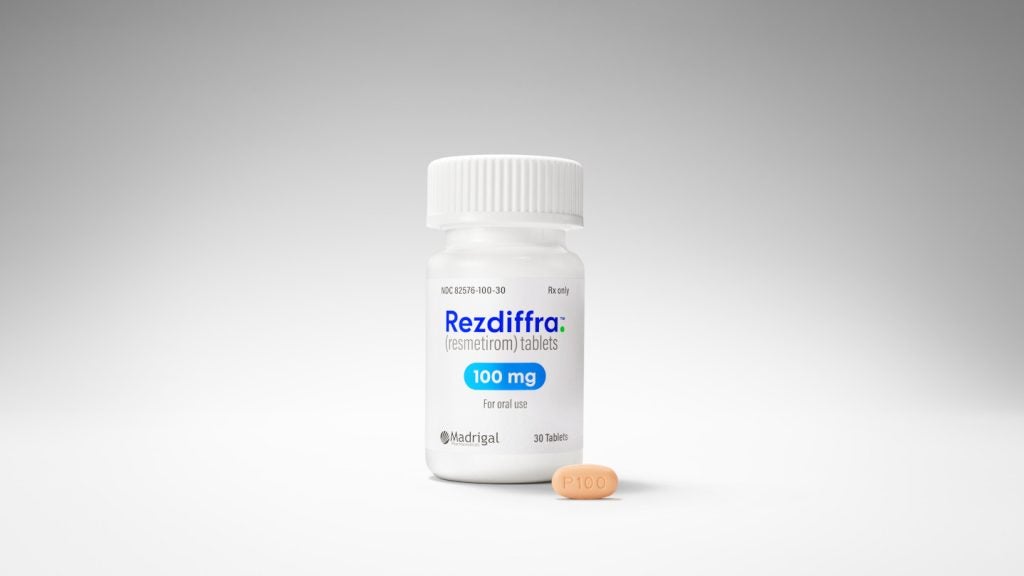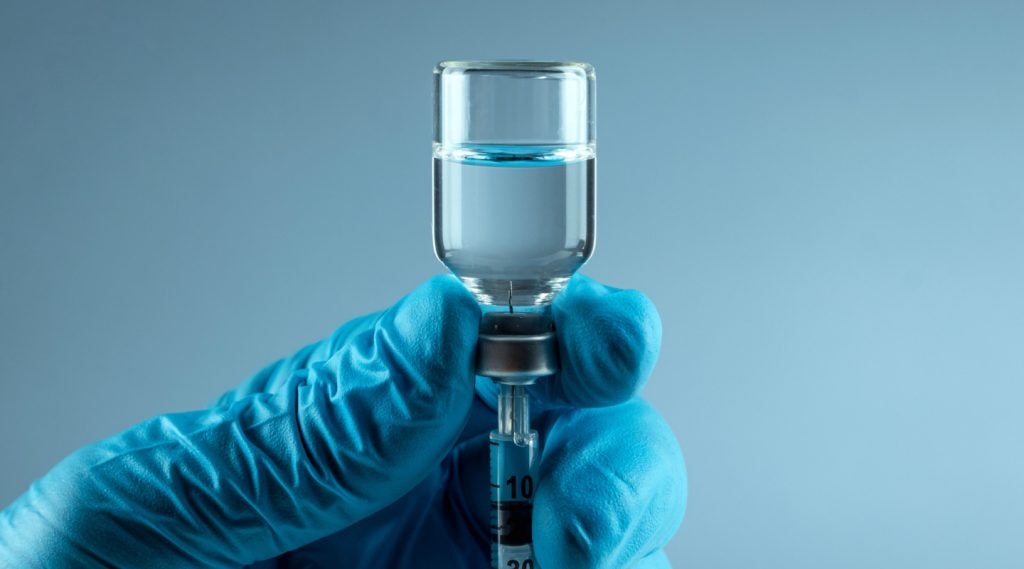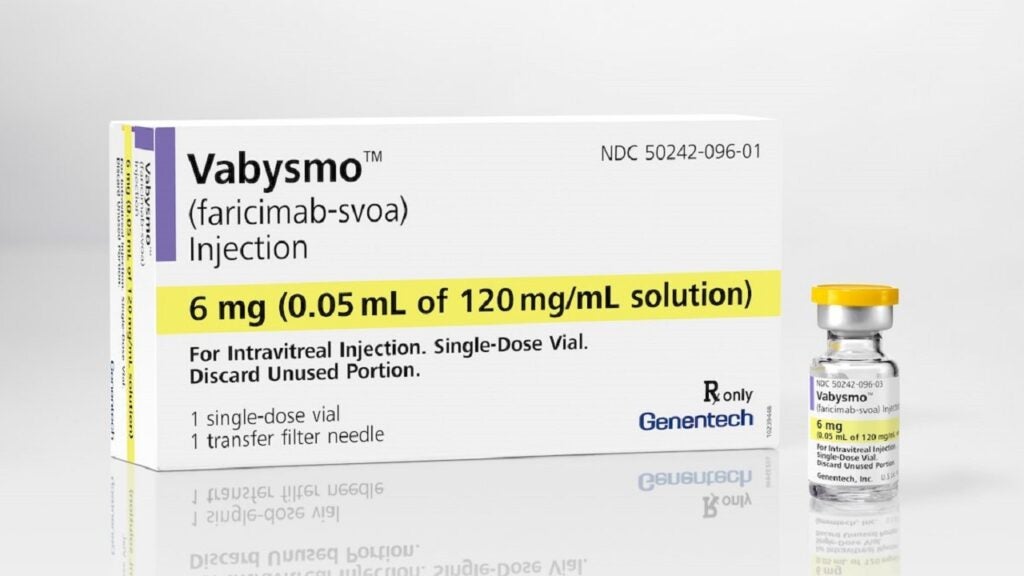Terlivaz® (terlipressin) is a vasoactive prodrug indicated to improve kidney function in adults with hepatorenal syndrome (HRS) involving a rapid reduction in kidney function.
Developed by Irish pharmaceutical company Mallinckrodt, Terlivaz is available for injection as a white to off-white lyophilised powder in 0.85mg strength in a single-dose vial for reconstitution.
The US Food and Drug Administration (FDA) approved Terlivaz for HRS in September 2022. Terlipressin is recommended by the American Association for the study of Liver Diseases (AASLD) guidance and the American college of Gastroenterology (ACG) guidelines.
Hepatorenal syndrome (HRS) causes and symptoms
HRS is an acute and life-threatening condition in patients with advanced liver disease.
There are two distinct types of HRS ‒ Type I HRS, which is associated with rapid kidney failure, and Type 2 HRS, which is characterised by gradual kidney damage that progresses slowly due to poor prognosis in cirrhotic patients.
HRS is estimated to affect between 30,000 and 40,000 people in the US each year. If left untreated, the condition has a median survival time of around two weeks, with more than 80% of patients dying within three months.
Terlivaz’s mechanism of action
Terlipressin is a synthetic vasopressin analogue that has its own pharmacologic activity and acts as a prodrug for lysine-vasopressin. The drug has twice the selectivity for vasopressin V1 receptors located in the vascular smooth muscle of the systemic, splanchnic, renal, and coronary circulations compared with V2 receptors present in the basolateral membrane of the kidney’s collecting tubule cells.
Terlipressin stimulates V1 receptors and selectively causes splanchnic and extra-renal vasoconstriction, thus reducing splanchnic blood flow and portal pressure. The reduction in portal pressure improves hyperdynamic circulation, which increases effective circulatory volume and renal perfusion pressure.
V2 receptor stimulation by terlipressin raises water absorption in the renal collection ducts by increasing the number of aquaporin-2 water channels in the apical plasma membrane.
The drug’s exact mechanism of action in the treatment related to Type 2 HRS and therapeutic effectiveness in the long-term efficacy and safety of terlipressin therapy in Type 2 HRS is as yet unclear.
Clinical trials on Terlivaz
The approval of Terlivaz was based on results from a multi-centre, double-blind, randomised, placebo-controlled Phase III trial named CONFIRM. This is the largest prospective study conducted to assess the safety and efficacy of the drug in candidates with HRS type 1 (HRS-1) in the US and Canada to date.
The CONFIRM trial enrolled 300 adults with HRS-1 who had liver cirrhosis and ascites. The study’s primary endpoint was verified HRS reversal, which is defined as the percentage of patients with two consecutive serum creatinine (SCr) values equal to or less than 1.5mg/dL, obtained at least two hours apart while on treatment by Day 14 or discharge. The Verified HRS Reversal was characterised by renal function improvement, avoidance of dialysis, and short-term survival.
In the study, patients were randomised in a 2:1 ratio to receive either Terlivaz or a placebo. A total of 58% of patients receiving Terlivaz achieved Verified HRS Reversal, compared with 16% of the patients on placebo.
The results demonstrated the drug’s long-term efficacy and showed that terlipressin treatment is superior to placebo for achieving durable reversal of HRS-1 and improvement of renal function.
The most observed adverse reactions in patients treated with Terlivaz were abdominal pain, nausea, respiratory failure, diarrhoea, and dyspnoea.

